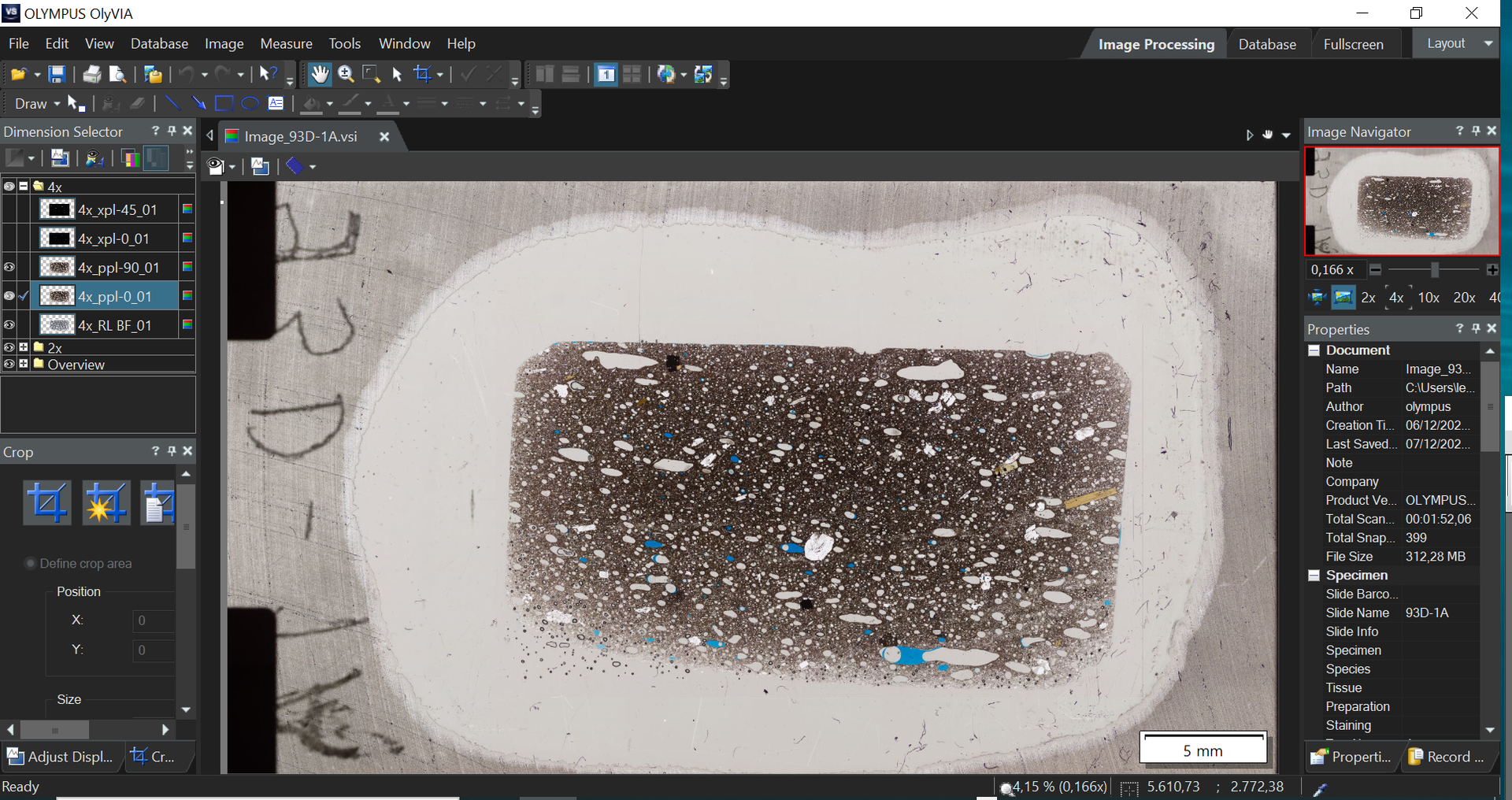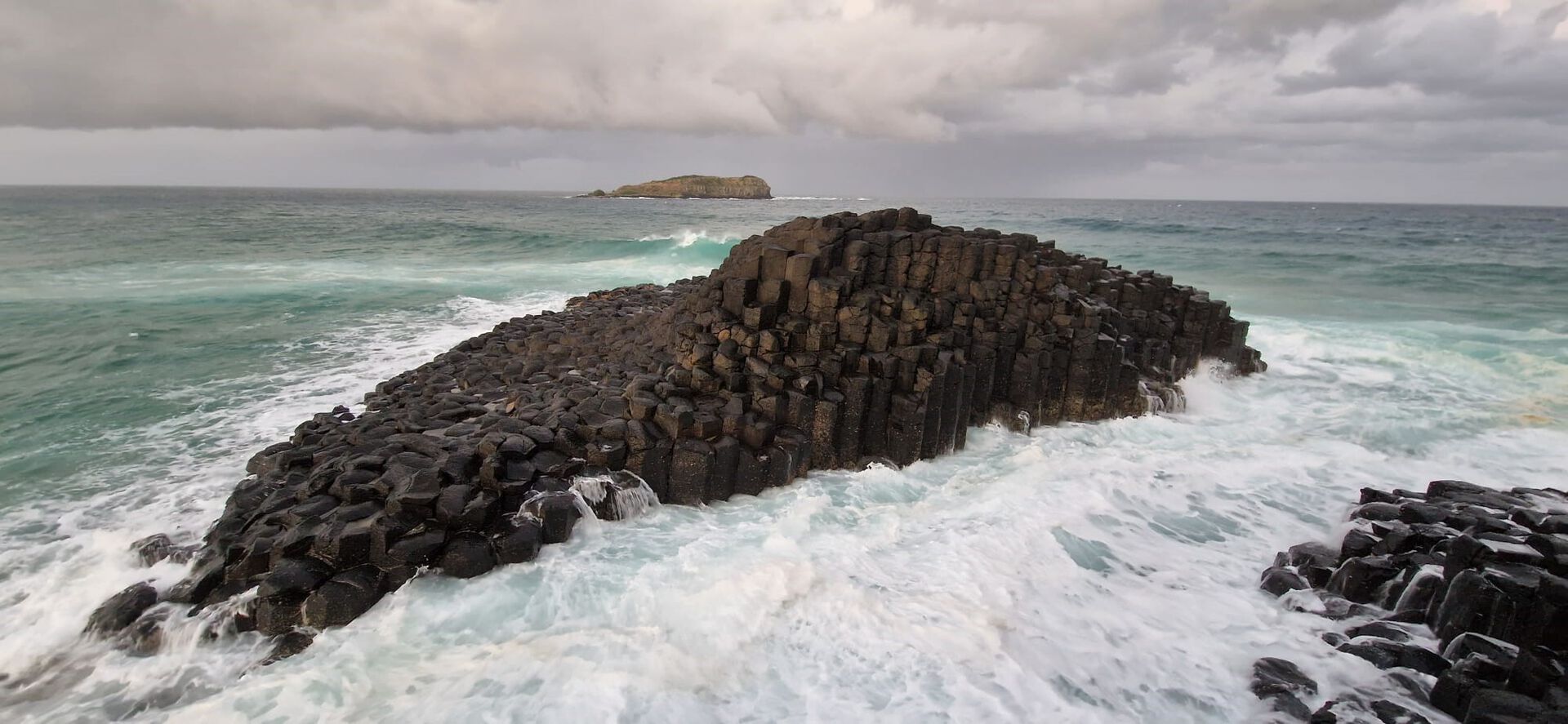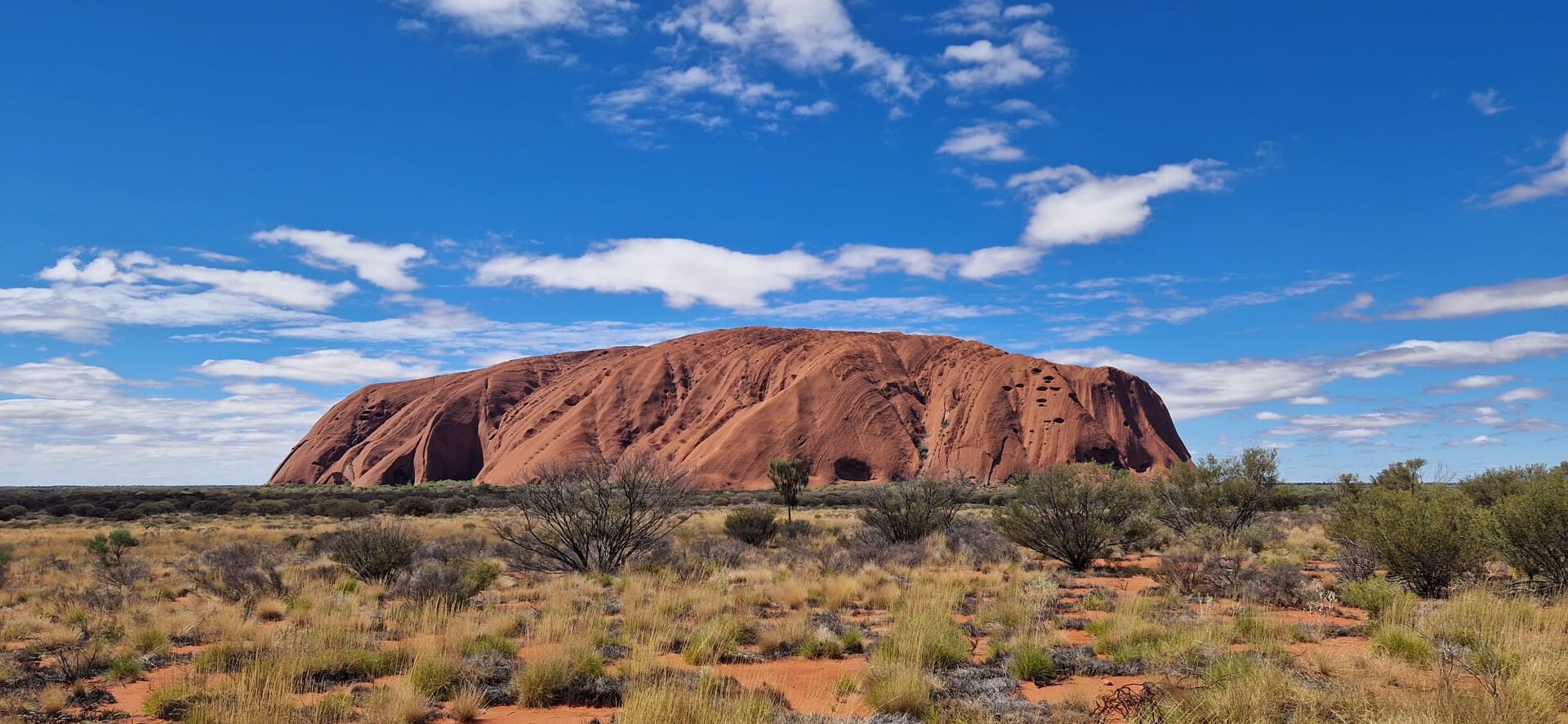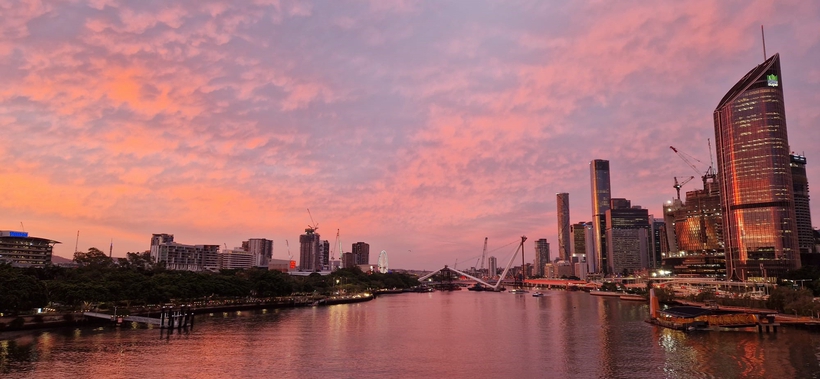I am a 3rd year PhD student studying magmatic processes near oceanic fracture zones. I am researching a submarine volcano (Vesteris Seamount) situated north of the Jan Mayen Fracture Zone in the NE Atlantic. To decipher the magmatic source of this three km-high seamount that is almost reaching sea level, I apply a multidisciplinary approach, combining geophysical data sets and geochemical analysis of dredged samples to understand the geodynamics of a complex system where the Iceland Plume magmatic system intersects a tectonic boundary – an oceanic fracture zone.
In 2022 I got a unique chance to present my work to geochemists and volcanologists Prof. Balz Kamber (QUT), Dr. David Murphy (QUT), and Prof. Teresa Ubide from the University of Queensland (UQ), all located in Brisbane. They saw potential and expressed their motivation for international collaboration with my team and me, and consequently proposed a research visit using their unique expertise and facilities at QUT.

I have used the Central Analytical Research Facility – CARF of QUT during my stay. In particular, Olympus VS200 Research Slide Scanner generates high optical resolution imagery of whole slides at the highest quality to enable visual and automated analysis of images not possible for Vesteris samples until now. Automated image analysis will generate a data cube using a pilot system developed at QUT under the supervision of Prof. Balz Kamber by PhD student Marco A. Acevedo Zamora. Obtaining high-quality imaging allowed the quantification of mineral phases and textures present in Vesteris samples to understand the eruption style of this enigmatic intraplate seamount.

Staying at QUT felt empowering, friendly atmosphere and curious people all around. I had a cubicle in a working space surrounded by PhD students with different backgrounds and working on a top-knodge sciencentific questions, some even with Nature publications. The group included me in their activities from the first day, which was relieving and took much stress off my shoulders when moving to the other side of the world for 3 months. From surfing, hiking, exploring geological sites, and snorkeling to running 10k, I was surprised by the number of activities and initiatives that included both master's and PhD students and early-career and senior researchers as professors.

As a COVID-PhD student, I appreciate this chance to travel, grow professionally, and build my network. Thank DEEP for funding the unique opportunity to collaborate with scientists at Queensland University of Technology (QUT), Brisbane, Australia.
